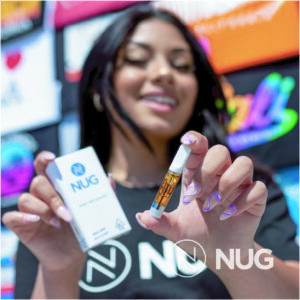For years, luxury and premium items have been faked. From designer purses, to jewelry and apparel. Now THC vape carts join the list of high-end goods being replicated, but these cheaper costs for THC consumption come with a cost of their own. Costs that could affect your health. These risks are trending in mainstream media, but what’s not often reported is the fact that legitimate, safe THC vape carts do still exist. Here, we’ll go in-depth into how fake carts are giving THC vaping a bad name, and how to truly spot real vs. fake vape carts….

SAFE THC VAPE CARTS EXIST…
Safety risks are trending in mainstream media, but what’s not often reported is the fact that legitimate, safe THC vape carts do still exist. Here, we’ll go in-depth into how fake carts are giving THC vaping a bad name, and how to truly spot real vs. fake vape carts.
- Check the packaging. Real vape carts provide specific manufacturing information on the package label. This includes manufacturing date, packaging date, batch or lot number to track the product’s journey through seed-to-sale systems. Look for spelling or grammar errors as another common red flag for fake carts.
- Check the front, sides, and back of the product packaging to see if anything is missing, distorted, or just looks “off.”
- Labels on all California Cannabis products will include:
1. A manufacturing date
2. A packaging date
3. A batch number
4. A lot number - Check the price. If the price is too good to be true – it probably is. Real vape carts contain the purest cannabis compounds – high levels of beneficial cannabinoids, flavonoids and terpenes too. The process to extract and isolate these precious goods isn’t cheap. So when real vape carts are priced as top-shelf goods – there’s a good reason. Avoid any low-priced carts to avoid fake knock-offs altogether.
- Check the consistency. Hold your suspected vape cart upside down. Real carts will be thick in consistency and slow moving. Most fake carts, due to the additives, will be thinner, faster moving and may contain bubbles too.
- Check the COA or Certificate of Analysis – the testing panel. If you’re not purchasing from a trusted retailer, put your detective hat on and do your own research. You can contact the third-party testing labto verify the testing information, and to request the test results directly, or you can verify authenticity online. If fakers are gonna fake, they are gonna photoshop too.

